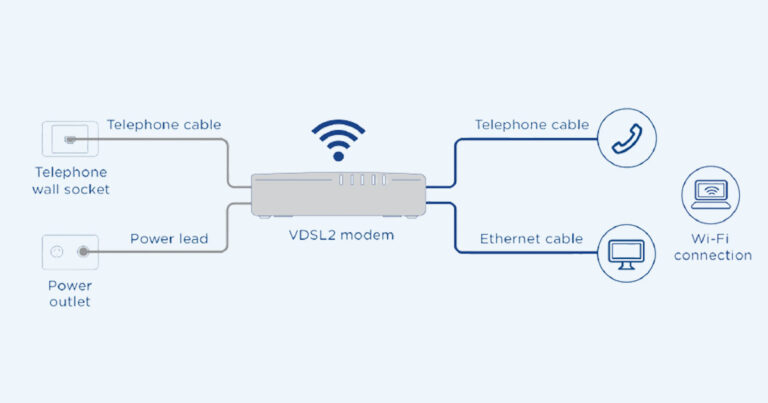Optus Mobile Review ALDI Mobile Review Amaysim Mobile Review Belong Mobile Review Circles.Life Review Vodafone Mobile Review Woolworths Mobile Review Felix Mobile Review Best iPhone Plans Best Family Mobile Plans Best Budget Smartphones Best Prepaid Plans Best SIM-Only Plans Best Plans For Kids And Teens Best Cheap Mobile Plans Telstra vs Optus Mobile Optus NBN Review Belong NBN Review Vodafone NBN Review Superloop NBN Review Aussie BB NBN Review iiNet NBN Review MyRepublic NBN Review TPG NBN Review Best NBN Satellite Plans Best NBN Alternatives Best NBN Providers Best Home Wireless Plans What is a Good NBN Speed? Test NBN Speed How to speed up your internet Optus vs Telstra Broadband ExpressVPN Review CyberGhost VPN Review NordVPN Review PureVPN Review Norton Secure VPN Review IPVanish VPN Review Windscribe VPN Review Hotspot Shield VPN Review Best cheap VPN services Best VPN for streaming Best VPNs for gaming What is a VPN? VPNs for ad-blocking Of the split away from full fibre technologies, or Fibre-to-the-Premises (FTTP), FTTN proved to be the most controversial because of concerns over its lack of future-proofing and also being able to reliably receive high-speed broadband with a sometimes lengthy dependency on copper wiring. For a basic comparison, below is a daily updating list of the most popular NBN 50 plans with unlimited data, which happens to be the most popular speed tier for all NBN connections, including FTTN homes. The connection from the NBN node to homes in FTTN areas are then connected via existing or upgraded copper wiring. On average, homes in FTTN areas have an average copper wiring length of 450 metres, with around two-thirds of homes within 400 metres of an NBN Node. Because copper wiring was built for voice communication and isn’t as fast for internet as fibre, the longer the copper wiring between NBN node and FTTN home, the more likely the quality of the connection may suffer (including speeds). There aren’t many providers that sell NBN 12 plans these days, likely because NBN 12 speeds aren’t a whole lot faster than the ADSL2+ speeds of yesteryear. Still, if you only have the most basic of internet needs, below is a daily updating list of popular NBN 12 plans from our comparison engine. That’s because FTTN utilises the second iteration of Very-High-Speed Digital Subscriber Line (VDSL2) technology to get homes online. In terms of the copper part of the connection, it uses the non-voice spectrum of the telephone line to transmit internet data. While part of any metro connection on the NBN network will always be fibre, it’s the rest of the connection that can cause complications. In the case of FTTN, it’s the copper that connects homes to the NBN node. The longer the run of copper wiring is between NBN node and FTTN home, the more likely it is that the overall quality of the internet connection won’t be up to snuff. This is further complicated by how old the copper wiring is, where older copper may cause issues with consistency or speed. VDSL2 technology is used to connect FTTC and FTTB homes, too, but they tend to fare better in comparison to FTTN homes because the copper wiring run is much shorter, generally measured in double-digit metres rather than triple-digit metres. If you’re uncertain of the NBN technology servicing your home, head to the NBN website and punch in your address near the top of the page. Click on ‘View results’ and you’ll see what NBN technology is used to connect your home under the ‘Technology used in your connection’ section of the results page. According to Aussie Broadband, FTTN homes that are more than 700 metres away from an NBN node can expect download speeds between 25Mbps to 30Mbps. Telstra notes that the following factors can influence the max speeds for FTTN homes:
Copper length between NBN node and FTTN home Copper quality (including joints and corrosion) between NBN node and FTTN home Inclement weather (including heavy rain) Layout and quality of in-home wiring External and internal electrical interference
If you want to test your NBN internet speed, use the tool below: You can either source your own FTTN NBN compatible modem-router, bring one from a previous provider or shift to a provider that offers a compatible device (ideally preconfigured). Below is a list of popular NBN 50 plans from our comparison engine that come with unlimited data and have the option to include a modem. If you’re in an FTTN home, it’s a case of playing the waiting game until your area has been upgraded to FTTP. But for those who are impatient, you can have a look at the NBN Technology Choice Program. This program lets you get a free quote to see how much it will cost to upgrade your FTTN home to FTTP. Be warned, though: you’ll want to be sitting down when the quote comes through because it will very likely be many thousands of dollars. Whether you pay to upgrade or patiently wait for fibre to be rolled out in your area to replace the copper portion of your connection to the NBN, FTTN homes must order an NBN 100 plan (at least) to complete the upgrade. Below is a daily updating list of popular NBN 100 plans with unlimited data from our comparison engine. If you were to list NBN technologies in terms of their speed and reliability, you’d be looking at this kind of ranking: When it comes to comparing NBN technologies in metro areas, here’s how FTTN fares against its broadband siblings. Because of the shorter copper run, FTTB can deliver faster and more reliable speeds with fewer disclaimers than FTTN. Additionally, FTTB buildings may have fibre running from the telecommunications room to the individual homes, which effectively converts an FTTB connection into an FTTP one.
